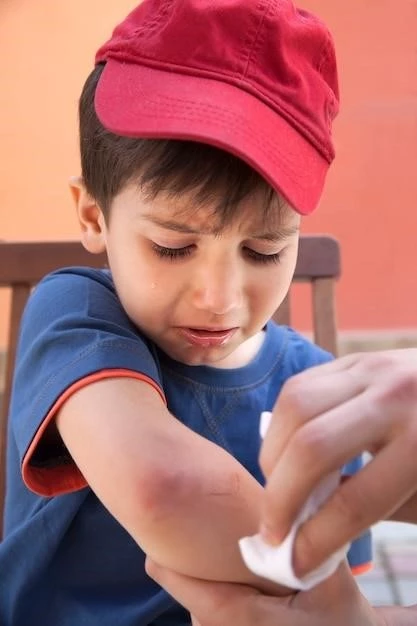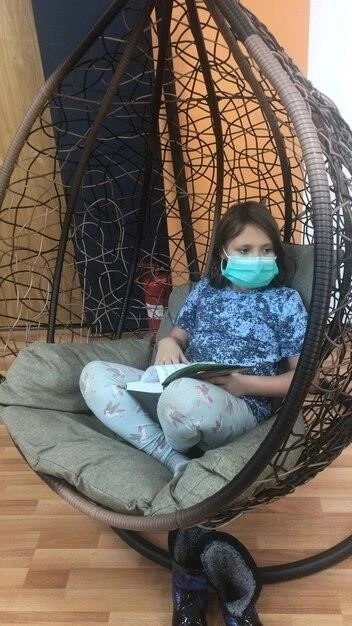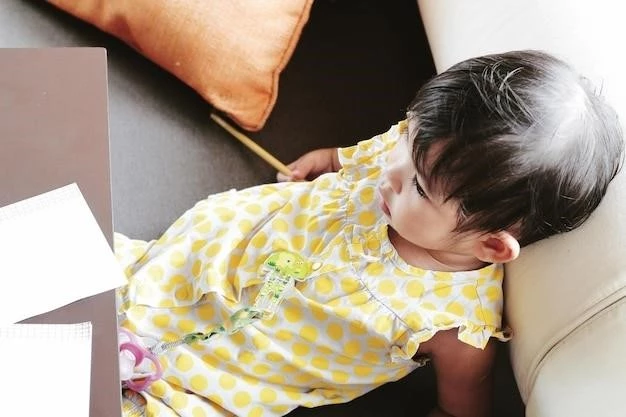The Teebi-Naguib-Alawadi Syndrome‚ also known as Al-Awadi/Raas-Rothschild Syndrome‚ is a rare genetic disorder characterized by distinct facial‚ limb‚ and genital abnormalities.
The Teebi-Naguib-Alawadi Syndrome is a rare genetic disorder with distinct facial‚ limb‚ and genital abnormalities. Symptoms may include primary hypergonadotropic hypogonadism‚ partial alopecia‚ thoracic dystrophy‚ abnormal facial features‚ limb deficiencies‚ and hand abnormalities. Patients may present with short stature‚ facial dysmorphism‚ and shawl scrotum. The syndrome has been observed in individuals from various ethnic backgrounds and may manifest with different degrees of severity. Diagnosis involves a thorough clinical evaluation and genetic testing to confirm the presence of associated gene mutations.
Al-Awadi/Raas-Rothschild Syndrome
Recognizing severe limb and pelvic deficiencies is crucial in diagnosing the rare Al-Awadi/Raas-Rothschild Syndrome‚ characterized by distinct facial and renal anomalies.
Description and Symptoms
The Teebi-Naguib-Alawadi Syndrome is a rare genetic disorder characterized by distinct facial‚ limb‚ and genital abnormalities. Symptoms may include primary hypergonadotropic hypogonadism‚ partial alopecia‚ thoracic dystrophy‚ abnormal facial features‚ limb deficiencies‚ and hand abnormalities. Patients may present with short stature‚ facial dysmorphism‚ and shawl scrotum.
Teebi-Naguib-Alawadi Syndrome vs. Other Syndromes
Distinct facial and limb abnormalities differentiate Teebi-Naguib-Alawadi Syndrome from other rare genetic disorders like Teebi-Shaltout Syndrome.
Differentiating Factors
The Teebi-Naguib-Alawadi Syndrome is distinguished by severe limb and pelvic deficiencies and unique craniofacial anomalies that set it apart from other genetic syndromes like Teebi-Shaltout Syndrome.
Characteristics and Features
The Teebi-Naguib-Alawadi Syndrome is distinguished by severe limb and pelvic deficiencies‚ thoracic dystrophy‚ abnormal facial features‚ and distinct craniofacial anomalies.
Primary Hypergonadotropic Hypogonadism and Partial Alopecia
The Teebi-Naguib-Alawadi Syndrome is characterized by primary hypergonadotropic hypogonadism and partial alopecia. This rare genetic disorder has been described in several patients from various families‚ presenting characteristic clinical features such as thoracic dystrophy and unique facial abnormalities.
Diagnosis and Treatment
Diagnosis of Teebi-Naguib-Alawadi Syndrome involves recognizing severe limb deficiencies and unique craniofacial anomalies. Management options focus on addressing associated symptoms and providing supportive care.
Management Strategies
Management of Teebi-Naguib-Alawadi Syndrome involves recognizing severe limb deficiencies and unique craniofacial anomalies‚ addressing associated symptoms‚ and providing supportive care tailored to the individual’s needs.

Research and Publications on Teebi-Naguib-Alawadi Syndrome
Recognizing severe pelvic and limb deficiencies is crucial in diagnosing Teebi-Naguib-Alawadi Syndrome and distinguishing it from other syndromes.
Studies and Findings
The Teebi-Naguib-Alawadi Syndrome has been identified in several patients‚ showcasing characteristic features such as severe limb deficiencies‚ thoracic dystrophy‚ and distinct facial anomalies. Differentiating factors from other syndromes have been crucial in accurate diagnosis and management strategies tailored to individual needs.

Support and Resources for Teebi-Naguib-Alawadi Syndrome
Recognizing and differentiating Teebi-Naguib-Alawadi syndrome from other syndromes is crucial for appropriate diagnosis and management tailored to individual needs.
Patient Assistance Programs and Healthcare Providers
The availability of patient assistance programs and access to knowledgeable healthcare providers specialized in Teebi-Naguib-Alawadi Syndrome are crucial to ensure comprehensive care and support for individuals affected by this rare genetic disorder.
